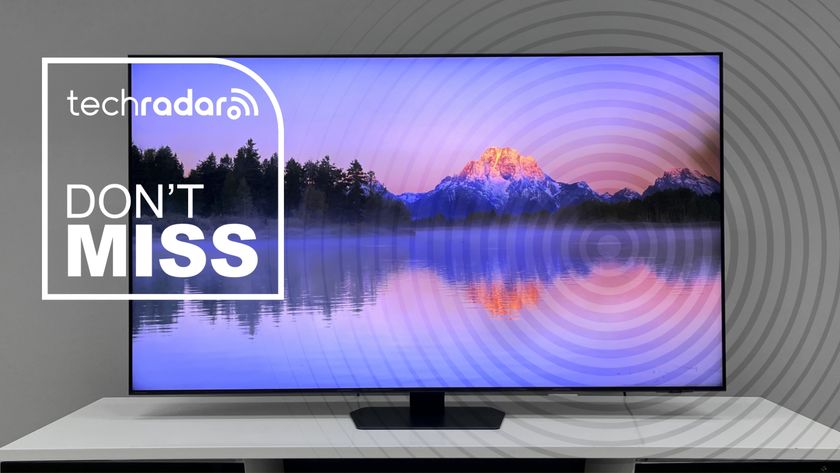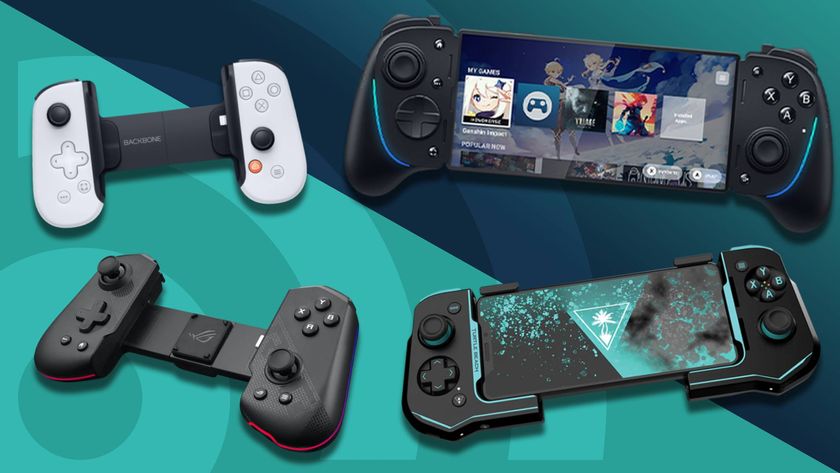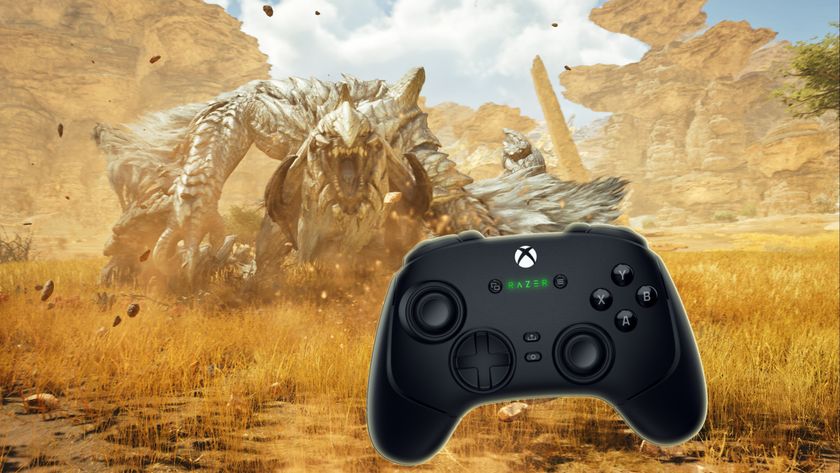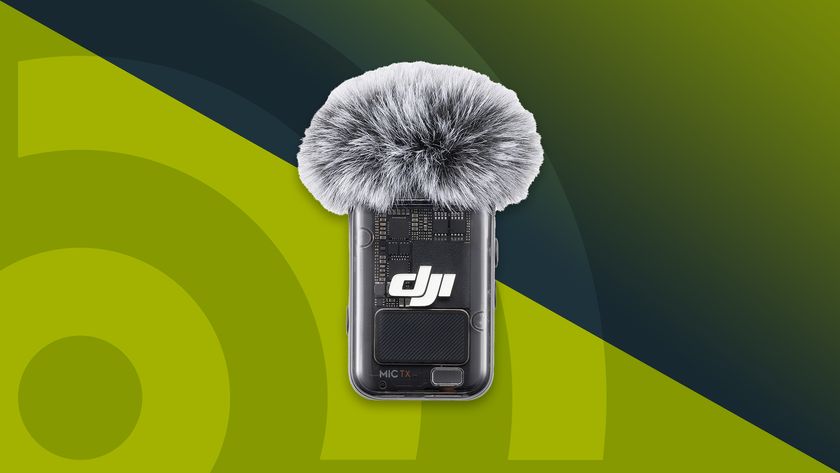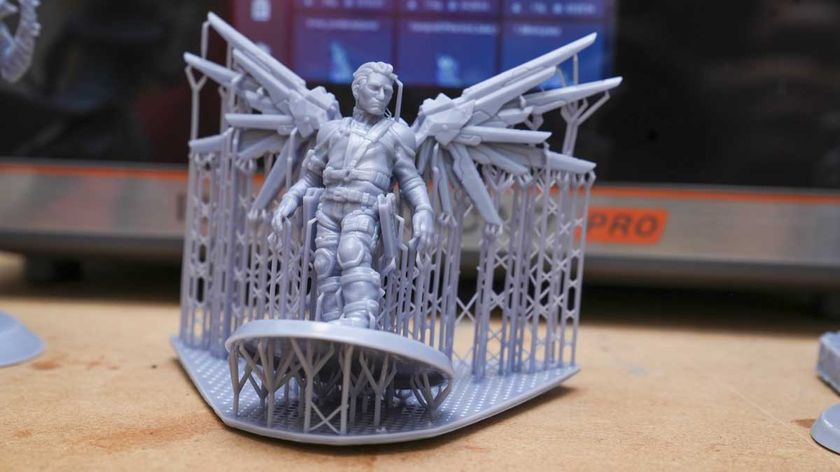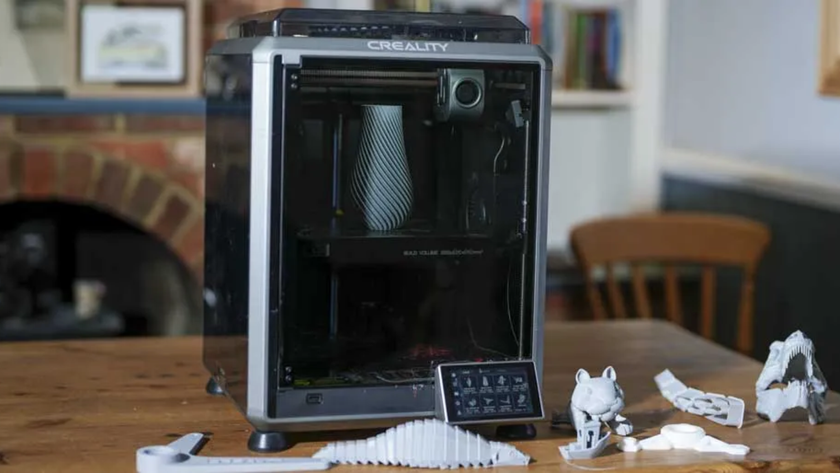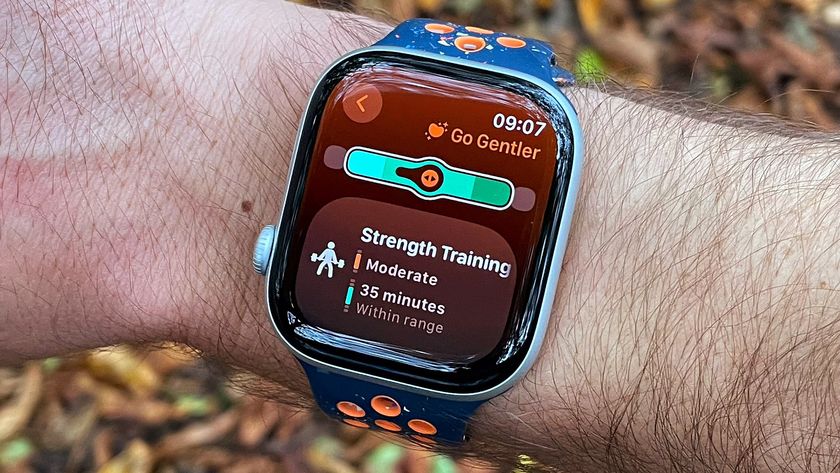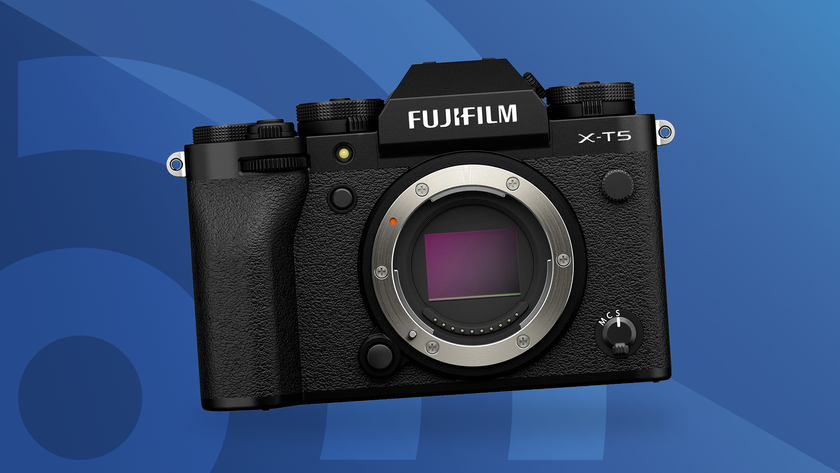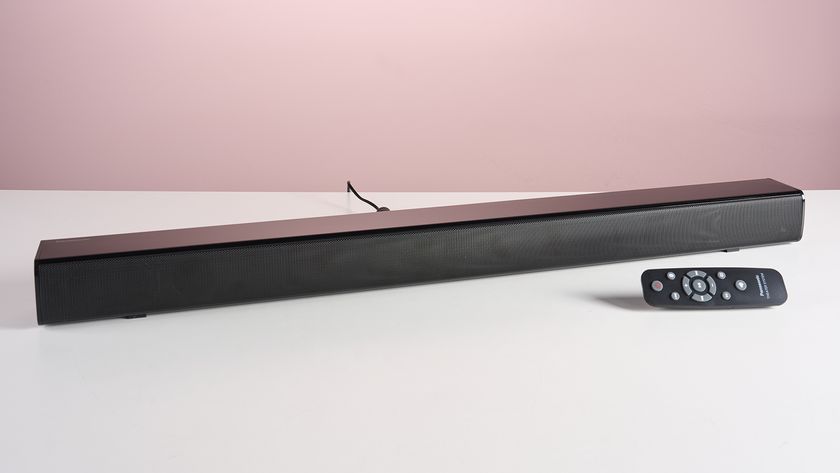Best workstation of 2025: top picks for professionals at every budget
When it comes to power and performance, only the best workstations have what it takes
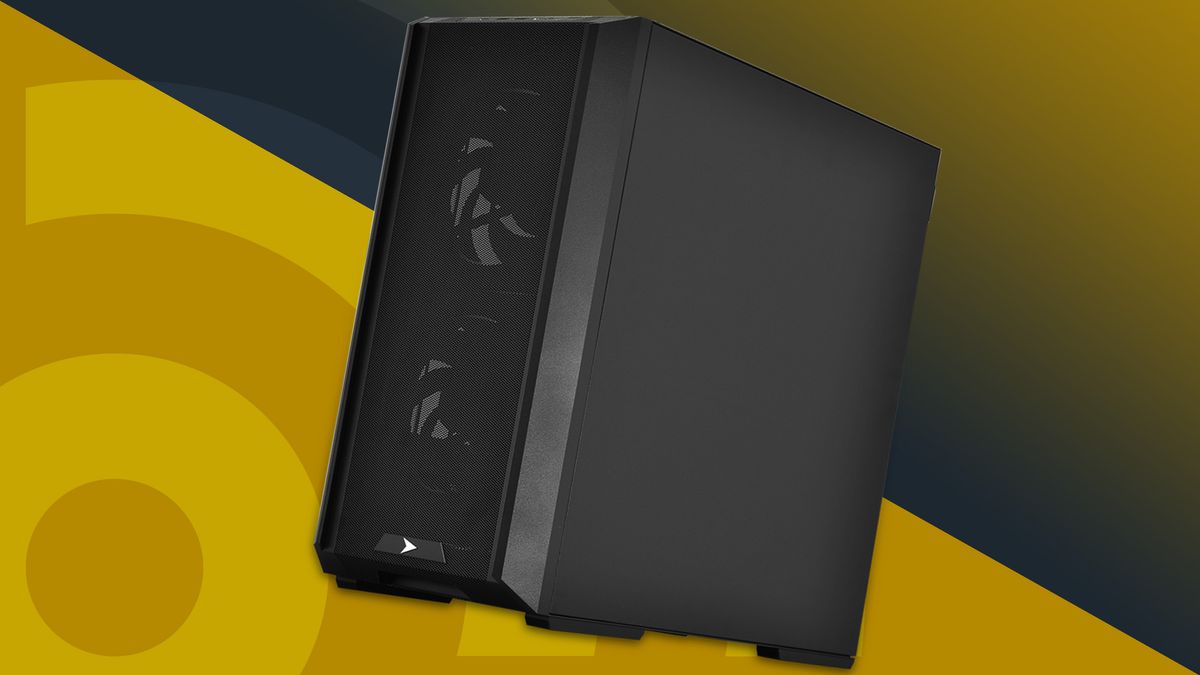
The best workstation is vastly more powerful than most traditional desktop computers - perfect for running complex workloads.
As hardware editor, my team and I regularly test the best business computers and best mobile workstations. So, we know what specs and performance elevates a PC to workstation status - and how to squeeze the most from these machines.
Right now, the Apple Mac Studio is the best workstation for most people. Beautifully designed and well-specced, it's ready-made for running intensive tasks like high-resolution video editing and 3D modeling. For Windows users, I rate the Velocity Micro Raptor Z95 and the Dell Precision 7865 Tower as highly effective professional machines. Check out the full round-up below, where we compare specs, benchmark tests, and overall performance under heavy workloads.
Quick List
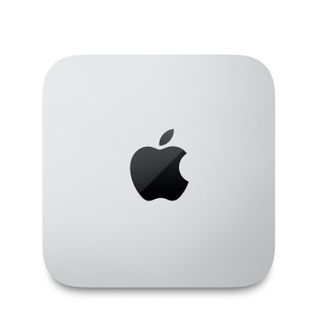
The Apple Mac Studio, featuring M2 Max or Ultra chips, is a compact powerhouse ideal for creative professionals, offering a 50% speed increase over predecessors and excelling in demanding tasks like 3D modeling.
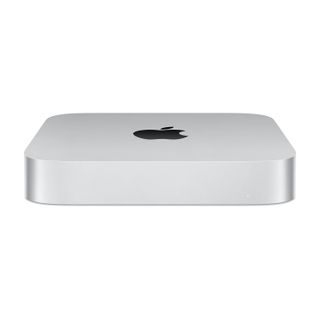
The Apple Mac mini, powered by the M2 chip, is a compact yet powerful workstation offering significant upgrades from its M1 predecessor, delivering near-Mac Studio performance levels in a silent, non-upgradeable design.
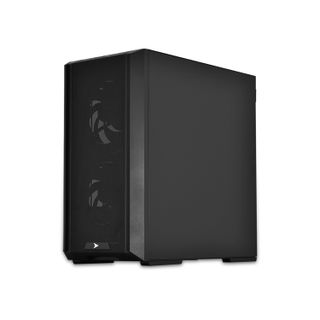
The Velocity Micro Raptor Z95 combines gaming aesthetics with the functionality of a high-end workstation, featuring top-tier components and professional customization options, all optimized for peak performance.
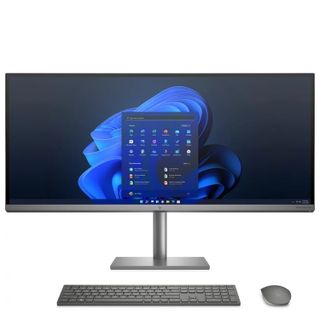
The HP Envy 34, an all-in-one workstation, rivals the iMac with its last-gen Intel processor and mobile GPU, offering robust performance, upgradable components, and superior port availability in a compact design.

The Apple Mac Pro's shift to proprietary CPUs transformed it into one of the most powerful workstations, offering exceptional performance and future-proofing, with a unique design that optimizes cooling and reduces noise.
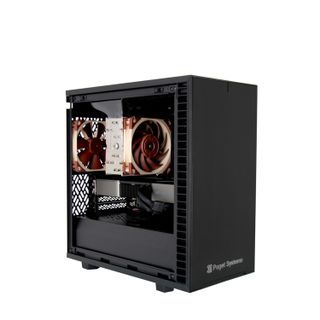
Puget Systems specializes in highly customizable workstations, offering a range of processor options and cutting-edge components like the Nvidia RTX 4090, catering to diverse professional needs from graphic design to machine learning, making it an ideal Mac Pro alternative.
The best workstation in 2025
Why you can trust TechRadar
Below you'll find full write-ups for each of the entries on our best workstation list. We've tested each one extensively, so you can be sure that our recommendations can be trusted.
The best workstation overall
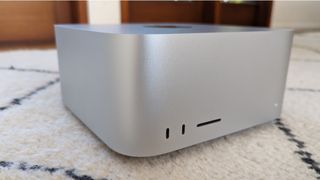
Specifications
Reasons to buy
Reasons to avoid
The Apple Mac Studio is hailed as an exceptional workstation for creative professionals, packing a punch with its M2 Max or M2 Ultra chips in a design that redefines compact power.
Described as a supercharged version of the Mac mini, it's designed not just for specific tasks but as a versatile tool for a wide range of creative projects. Our review praised it as a significant addition to the Mac lineup, perfect for those seeking a high-performance yet compact creative workstation.
Apple touts it as being 50% faster than its predecessor and four times quicker than the most powerful Intel-based iMac, ensuring seamless handling of demanding tasks like 3D modeling without any hangups.
While its advanced capabilities may be overwhelming for beginners, it's unmatched for handling complex creative workloads, marking it as a top-tier choice for professionals in need of a robust workstation.
Read our full Apple Mac Studio (2022) review
The best budget workstation

Specifications
Reasons to buy
Reasons to avoid
Powered by the incredibly powerful M2 chip, the Apple Mac mini is a performance-driven workstation with, as the name suggests, an impressively small footprint.
Sure, it might look like the previous iteration - the design hasn't changed - but you'll find a lot more under the hood compared to the Mac mini M1. We conducted several similar tests on the Mac mini as we did with the MacBook Pro 16-inch, including editing 8K movie files. The results were close.
As with Apple's popular laptop, the new Mac mini delivered outstanding performance. Running synthetic benchmarks, such as Cinebench, which puts the chip under heavy graphical and computational loads, again showed just how close the new MacBook Pro 16-inch and Mac mini are aligned. While it does use fans to cool the machine, we found it wasn't reliant on these, and, pleasing, maintained near-silent running.
It's a shame the system isn't upgradeable, but as a powerful, portable mini PC, the Mac mini delivers. Opt for the M2 Pro version and you have an impressive workstation that almost rivals the Mac Studio.
Read our full Apple Mac mini review
The best Windows workstation PC
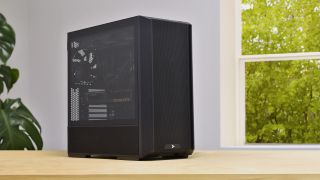
Specifications
Reasons to buy
Reasons to avoid
The Velocity Micro Raptor Z95 is a high-performance computer masquerading as a gaming PC, but at its core, it's a powerhouse workstation equipped with top-tier components suitable for a variety of professional tasks.
This custom-built system offers the reliability and upgrade options expected from a high-end workstation, without necessitating a deep dive into BIOS settings thanks to free custom testing and professional overclocking services provided by Velocity Micro.
This attention to detail ensures that users receive a machine optimized for peak performance right out of the box, sidestepping potential setup pitfalls. With prices ranging from $2,509 to approximately $8,000, the Raptor Z95 offers exceptional value, balancing cost with the kind of performance one would expect from workstations often priced much higher.
Although it may not feature the most extreme hardware specifications, such as AMD Threadripper CPUs or Nvidia Ada GPUs, it stands as a solid choice for professionals in fields like 3D modeling, requiring a dependable and powerful workstation.
Read our full Velocity Micro Raptor Z95 review
The best workstation for professionals
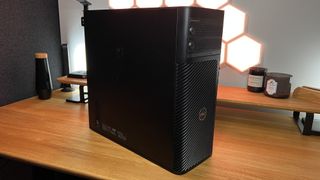
Specifications
Reasons to buy
Reasons to avoid
Equipped with an AMD Ryzen Threadripper Pro 5000, the Dell Precision 7865 Tower Workstation is a phenomenal machine that seriously gives the Apple Mac Pro a run for its money.
Design-wise, it's subtle, professional - a sleek black box to be tucked away, its performance admired over its aesthetic. With enterprise use in mind, both the accessible drives and the left side panel are lockable.
In its performance, the Precision 7865 barely broke a sweat during our review process, easily handling the likes of 3D modeling, video editing, and other demanding and intensive tasks. According to Dell, the system is future-proofed by being VR and AI-ready.
Beyond the price, which is high as you'd expect from a business workstation, the only real downside is the lack of Thunderbolt bolts - which didn't impact our workflow, as it boasts 10Gb transfer speeds over USB-C and Ethernet ports.
If you'd prefer an Apple device, check out our Apple Mac Pro review for a professional alternative.
Read our full Dell Precision 7865 Tower Workstation review
The best workstation alternative to the iMac
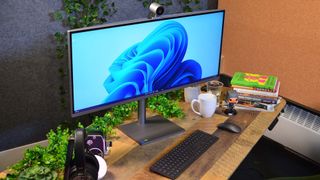
Specifications
Reasons to buy
Reasons to avoid
The HP Envy 34 excels as a top-tier all-in-one workstation, presenting itself as a formidable alternative to the iMac.
Equipped with a last-generation Intel processor and a mobile GPU, it may not match the raw power of dedicated towers like the Velocity Micro Raptor Z95 but stands out for its robust performance in a compact form.
In benchmark tests, the Envy 34 demonstrated impressive capabilities, not just in editing tasks but across various demanding applications, occasionally outperforming the renowned iMac.
Lauded for its flexibility and value, especially for those not tied to the Apple ecosystem, the HP Envy 34 offers the added benefits of upgradable storage and memory along with a more generous port selection.
It's an ideal choice for professionals seeking a versatile, powerful, and cost-effective all-in-one workstation.
Read our full HP Envy 34 review
The best custom-built workstation
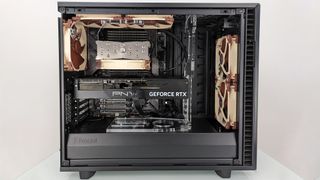
Specifications
Reasons to buy
Reasons to avoid
If you're in search of a workstation that's tailored precisely to your requirements, Puget Systems is your go-to.
This custom workstation manufacturer distinguishes itself by offering highly customizable systems that stand as formidable rivals to the Mac Pro, catering to a broad spectrum of professional needs, from video editing and graphic design to 3D modeling and machine learning research.
With options ranging from AMD Ryzen or Threadripper to Intel Core or Xeon processors, and the ability to include cutting-edge components like the Nvidia GeForce RTX 4090, Puget Systems enables you to design the ideal workstation. Whether you need vast amounts of memory or specialized GPU acceleration, they can accommodate.
Pricing varies from accessible to premium, making Puget Systems a premier choice for those seeking a Windows/Linux alternative to the acclaimed Mac Pro, tailored specifically to their professional workload demands.
Read our full Puget System Workstation review
Best workstations: FAQs
What is a workstation?
We asked Anu Herranen, Director of New Product Introduction, Advanced Compute and Solutions at HP Inc. for the ultimate definition.
A workstation is a high-performance computing device that has been purpose built for demanding professional workflows. It is not a single form factor in the same way that a desktop or notebook is – it can take almost any form factor. If mobility and agility are the most important factors for the device you need, you might choose a notebook, but if you need performance tuned to a specific workflow, a workstation will always be the best option.
Workstations are designed for professional workflows and are more powerful than a general PC. For example, a data scientist, visual effects professional, engineer or software developer all have different needs in terms of data processing, performance, operating systems, keyboard shortcuts, storage, display and connectivity. They are built for managing those high intensity but diverse workflows.
The technology that makes that possible is not always immediately obvious when looking at devices. Some vendors use copper and other software in their products to completely redesign the efficiency of the thermals in mobile workstations. That includes giving users complete control over the type of performance and acoustics for specific workflows, with artificial intelligence often called in to intelligently manage behavior based on the type of work being done.
That means generation on generation, CPU and GPU performance improvements on devices mean they are smaller and run cooler, which is important in terms of comfort and reliability on high performance workstations.
Another important factor is certification. Certified ISV (Independent Software Vendors) application is crucial, as it ensures the hardware and software work better together. Workstations are the only PCs that offer certified professional applications. Having certification is critical, as it isn't enough to just know that your software applications will run on your workstation: you need a hardware solution that has been tested, proven and certified by ISVs to deliver peak performance for your key applications. This ensures a wholly compatible experience between hardware and software that is stable and designed to perform, allowing you to work with confidence.
What is ECC and why is it so important?
Error Correction Code (ECC) is a type of RAM memory technology which is used in workstations and servers to detect and correct errors that can occur in data storage and processing. It is valued by professionals and businesses with critical data because it helps to ensure the reliability and accuracy of that data, particularly in applications such as servers, scientific computing and financial systems. It can automatically detect and correct memory errors so it has a major role to play in combatting data corruption.
In computer memory, data is stored as a series of bits, which are either 0s or 1s. Errors can occur when bits are incorrectly read or written due to various factors such as electrical interference, thermal noise, or manufacturing defects. These errors can result in data corruption, system crashes, or other serious consequences.
ECC works by adding extra bits to the memory data, which are used to detect and correct errors. When data is written to memory, the ECC system calculates a checksum or parity value based on the data and stores it along with the data. When the data is read back from memory, the ECC system checks the checksum or parity value to ensure that the data has not been corrupted. If an error is detected, the ECC system can correct it on the fly by using the additional information stored in the ECC bits.
How does it differ from DDR5 on-die ECC?
On-die ECC and regular ECC supported modules are not the same. While DDR5 DRAM components will feature on-die ECC to correct bit errors within the chip, this technology is not able to correct errors outside the chip or those that occur on the bus between the module and memory controller housed within the CPU. ECC enabled processors, like Intel Xeons, feature the ECC algorithm that can correct single or multi-bit errors on the fly. However, additional DRAM bits must be available to allow this correction to occur.
For DDR4, a memory module transmits data 64-bits at a time. ECC supported DDR4 modules feature an extra 8 bits per 64-bit rank, also referred to as 72-bit or x72. DDR5 splits the memory module into two 32-bit addressable subchannel regions to increase efficiency. To enable ECC, each 32-bit subchannel adds an extra 8-bit DRAM component to become 40-bit, for a total of 80-bits per rank instead of 72-bits. Consumers with PCs and laptops will ultimately experience better data integrity with on-die ECC as the potential for corruption increases with the lithography shrinks and capacity and speed increases. For workstation and server users, ECC class modules will always be a requirement (ECC Registered, ECC Unbuffered, ECC Load Reduced). The increase in the number of DRAM require to enable a DDR5 ECC class module will also increase the costs as compared to DDR4.
Using ECC memory can significantly improve the reliability and uptime of computer systems, particularly in high-availability applications where data accuracy and integrity are critical. However, ECC memory is typically more expensive than non-ECC memory and may require special hardware support, so it is not always used in all computer systems.
How to choose the best workstation for you
Since all the best workstations are already specced with the best processors and best graphics cards, a good place to start choosing the right model is by considering the work you need it for. What kind of apps and software will you primarily run on it? Do you need it for incredible graphics performance, or for analyzing huge data sets in a few hours? Do you need it to perform well while managing multiple intensive apps simultaneously? In terms of content creation, you'll find a lot of crossover between the best video editing PCs and workstations, as running that software plays to a workstation's strengths.
You'll then want to consider the workstation's design, size, and weight. If you use any of the best standing desks or an L-shaped desk or your office or home office, these typically offer plenty of surface space, so, you can opt for the larger (and usually more powerful) form factor. If you think you might need to move your setup around, then a lightweight and portable workstation will be ideal.
Also, look out for the ports and connectivity if you plan to have a multi-screen setup, along with other specifications like the storage, display, and cooling system.
How we test the best workstations
Our team of expert reviewers have gone hands-on with a wide range of hardware for professionals, from identifying the best MacBook Pro to the best laptops for video editing. But whether it's reviewing a content creator's dream machine or the best mobile workstation, we undertake the same rigorous testing process.
We evaluated various aspects of different workstations to arrive at the best ones. Performance is essential, so we looked at how the workstations ran different types of applications — from the best video editing software and other graphics-heavy programs to large data sets.
We analyzed numerous specs, like RAM, CPU, display, graphics, and storage, to assess what kinds of users the workstation would be best suited for. For example, while nice to have, a color-accurate screen is far more important for designers and creatives than other professionals.
We looked at the connectivity ports the workstation had, whether the fans were noisy, and checked the optimization of the cooling system. We also examined the size, weight, and design of the workstations and included computers of varying builds in our list.
Today's best deals
Are you a pro? Subscribe to our newsletter
Sign up to the TechRadar Pro newsletter to get all the top news, opinion, features and guidance your business needs to succeed!

Désiré has been musing and writing about technology during a career spanning four decades. He dabbled in website builders and web hosting when DHTML and frames were in vogue and started narrating about the impact of technology on society just before the start of the Y2K hysteria at the turn of the last millennium.
- John LoefflerComponents Editor


